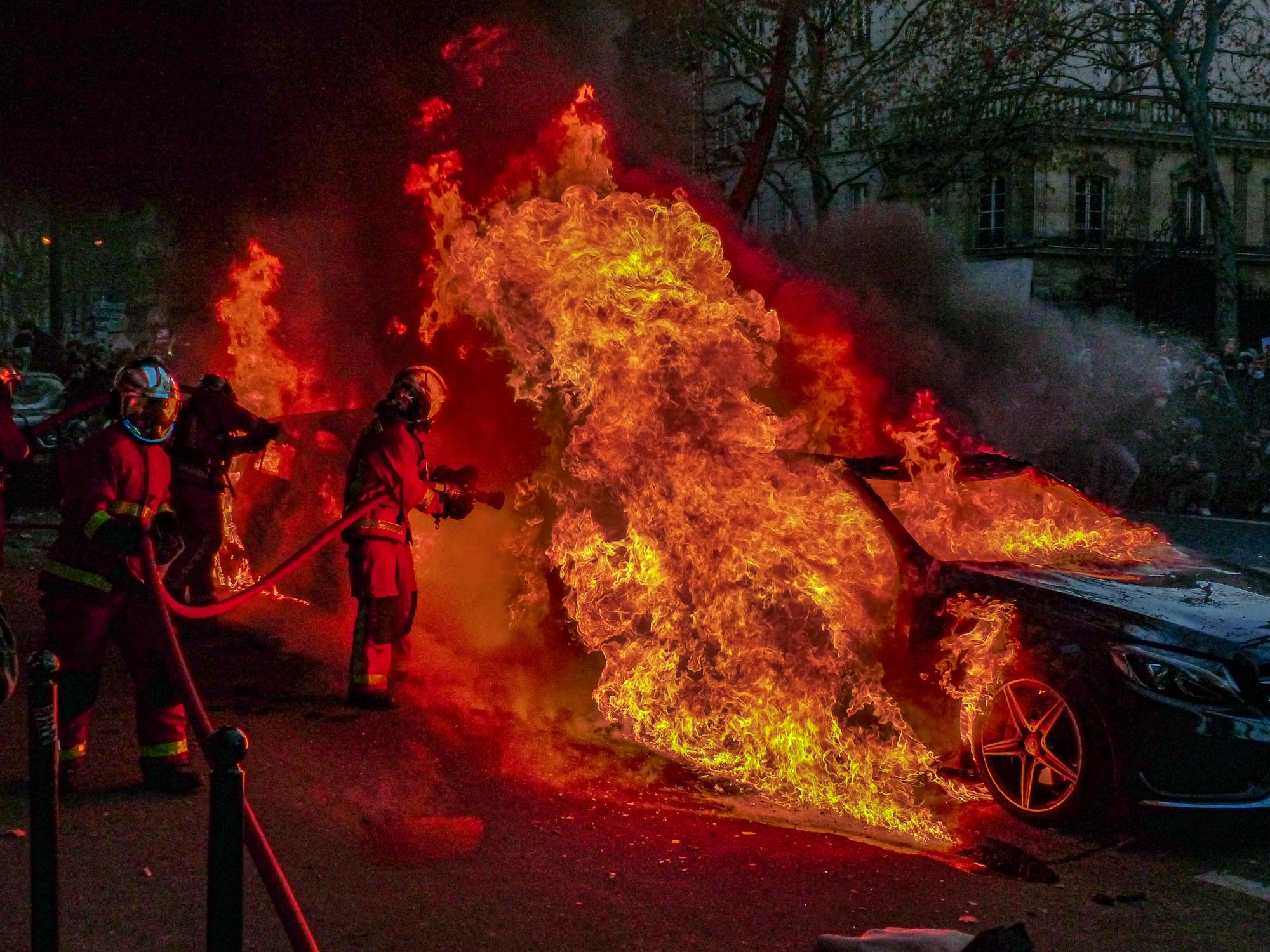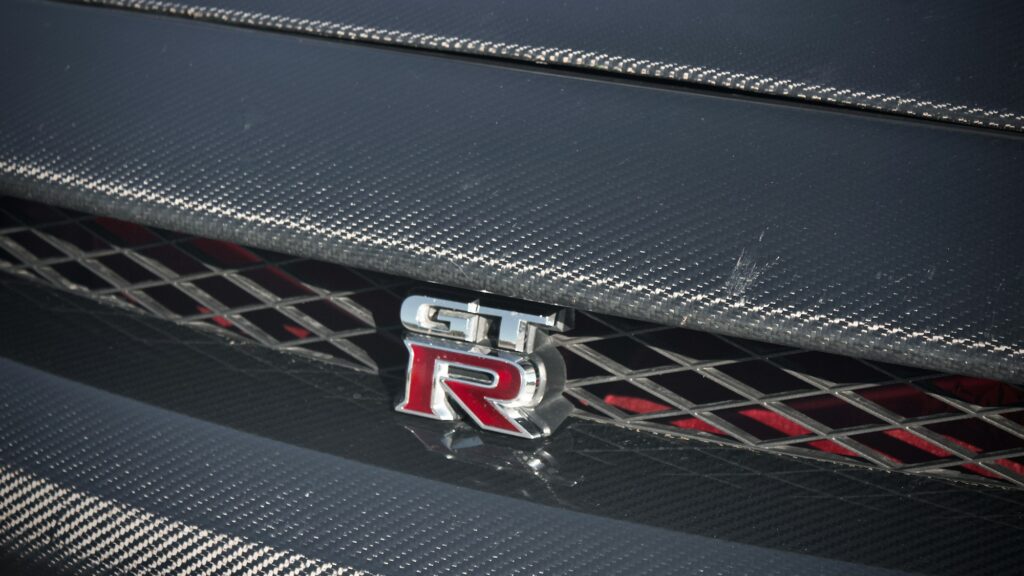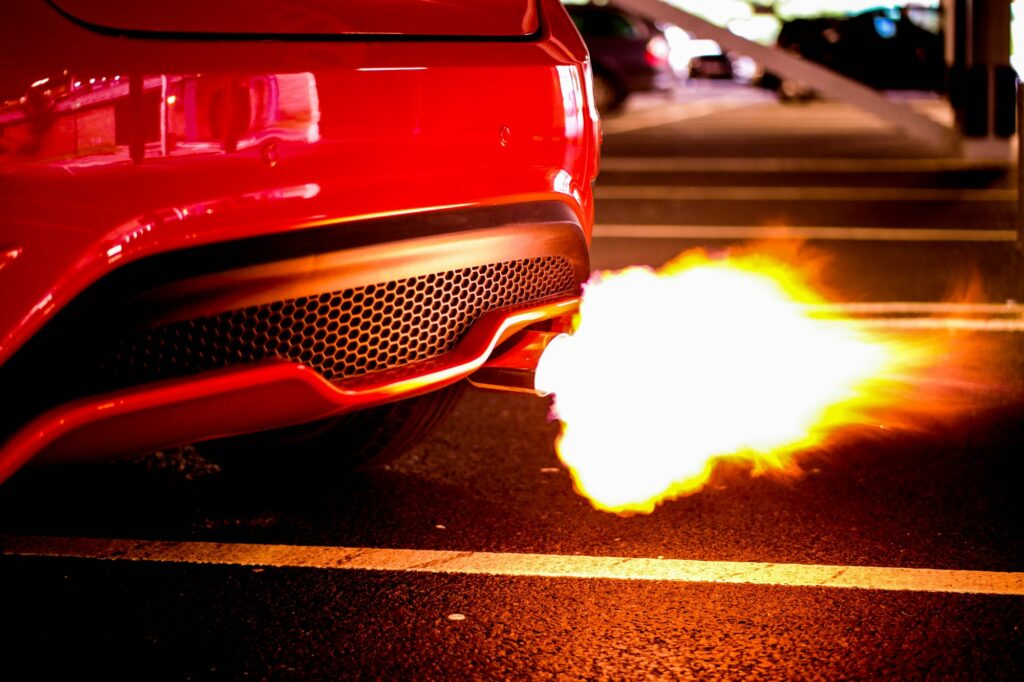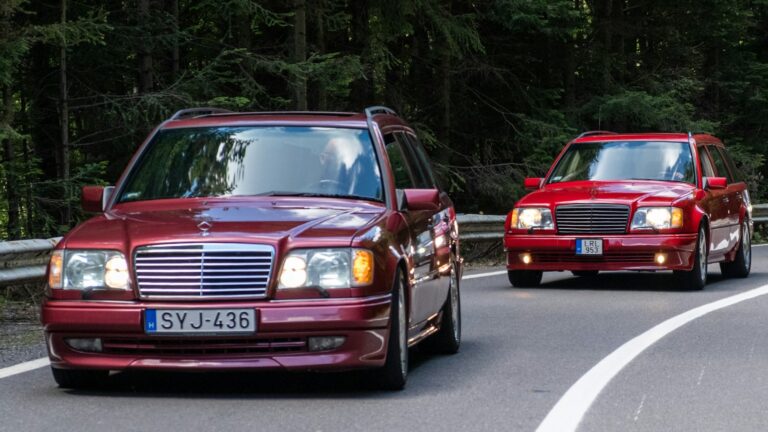Why Do So Many Supercars Randomly Catch Fire?

You see them all the time online: a pristine supercar, often a Ferrari or a Lambo, engulfed in flames on the side of the road. It feels like a total mystery, doesn’t it? Like these incredible machines just decide to spontaneously combust, but there are actual, technical reasons behind these dramatic incidents – it’s a deep dive into engineering, heat, and very specific materials.
Why do Supercars Catch Fire – Key Takeaways
- Tight engine bays trap intense heat, stressing components.
- Exotic materials like carbon fiber can be flammable or degrade under heat.
- Complex fuel lines and high pressures increase leak risks.
- Poor maintenance or aftermarket mods often exacerbate fire hazards.
- Thermal management is a HUGE challenge in supercar design.
The Pressure Cooker Under the Hood

Alright, let’s get real. One of the biggest reasons supercars catch fire is simply physics: these things are basically engines with a car wrapped around them. Think about it. You’ve got these HUGE, powerful engines – V8s, V10s, V12s – crammed into engine bays so tight you practically need a child’s hand to change a spark plug. My F31’s N47 diesel engine, while no slouch, has room to breathe, relatively speaking. A mid-engined Ferrari? Not so much.
This tight packaging means heat, and a LOT of it, gets trapped. We’re talking exhaust manifolds glowing cherry red, turbos spinning at INSANE RPMs, and catalytic converters running at over 1,000 degrees Celsius (1,800 degrees Fahrenheit). All this super-heated hardware is often mere millimeters away from critical components like fuel lines, oil lines, electrical wiring, and composite body panels. It’s an oven, plain and simple.
Remember the Ferrari 458 Italia recall back in 2010? That was a classic example. Ferrari identified an adhesive used in the wheel arch assembly that could melt under extreme engine heat, specifically near the exhaust. The adhesive then caught fire, often torching the whole car. Pretty wild, right? They eventually fixed it by replacing the adhesive with mechanical fasteners and redesigned heat shields. This stuff isn’t just theory; it’s real-world, high-stakes engineering. Lamborghini Gallardos, especially earlier models, also had a rep for heat-related issues, with some owners reporting engine bay fires, often traced back to exhaust heat or leaky power steering lines. It’s like, you build a car that goes 200 mph, you BETTER have thought about where all that heat is gonna go.
When Exotic Materials Turn Against You

Supercars are all about lightweight performance. That means carbon fiber, magnesium, aluminum alloys – materials designed for strength and lightness, not necessarily fire resistance. Carbon fiber, for instance, is amazing for chassis and body panels because it’s incredibly strong for its weight. But when it burns, it doesn’t just melt away like steel. It can delaminate, create toxic fumes, and it’s surprisingly difficult to extinguish once it really gets going. Firefighters have to adapt their techniques for these cars, often using foam to smother the flames.
Consider the exhaust systems. Many supercars use thin-wall stainless steel or even titanium for their exhaust headers and pipes to save weight. These materials get incredibly hot, incredibly fast. If a crack develops, or a heat shield designed to protect nearby components isn’t perfectly installed or gets damaged, that intense heat is suddenly directed where it shouldn’t be. One tiny oil leak or fuel drip onto a glowing exhaust pipe is all it takes. That’s a FIRE. And because everything is so tightly packed, as soon as one thing catches, it’s a domino effect. The fire spreads FAST through the expensive, lightweight composites. It’s a nasty combo of high temps and flammable adjacent materials.
Fueling the Flames: Complex Systems, High Stakes

This is where things can get truly dicey. Supercars run incredibly high-performance fuel systems. We’re talking high-pressure direct injection, multiple fuel pumps, and intricate fuel lines routed through already hot and cramped engine bays. These lines are often a mix of flexible hoses and rigid pipes, sometimes made of specific alloys or composites that are lighter but potentially more vulnerable to heat cycling and vibration over time.
A tiny crack in a high-pressure fuel line can spray fuel as a fine mist, which is basically an aerosolized accelerant, onto super-heated engine components. Instant fireball. Same goes for oil lines. Supercars often have dry sump lubrication systems, which means even more oil lines running to external tanks and coolers, all under pressure. A leak from one of these, especially if it hits a hot turbo or exhaust, is BAD news.
And let’s not forget the fluid reservoirs. Power steering fluid, brake fluid, engine coolant – all these fluids are flammable to varying degrees, and their lines are snaked around the engine bay. A broken clamp, a fatigued hose, or even a stone flung up from the road can pierce a line. Suddenly, you have a flammable liquid escaping in a hot environment. It’s like a ticking time bomb if not maintained perfectly. You’re driving a science experiment, tbh. A very, very fast science experiment.
FAQ
Why are some supercars more prone to fires than others?
It often comes down to specific engineering choices, material use, and the extreme thermal management challenges inherent in their design.
Can aftermarket modifications increase fire risk?
Absolutely. Non-OEM parts, improper installation, or removing critical heat shields during an exhaust upgrade can significantly heighten the risk.
Are older supercars more likely to catch fire?
Not necessarily, but age can bring component fatigue, material degradation, and deferred maintenance, which increase the likelihood of leaks or failures.
What should I do if my supercar catches fire?
Safely pull over immediately, turn off the engine, get yourself and any passengers far away from the vehicle, and call emergency services.
Is it common for supercars to catch fire due to design flaws?
While design flaws can occur (leading to recalls, like the Ferrari 458), many fires are also linked to poor maintenance, fluid leaks, or external factors like accidents.


